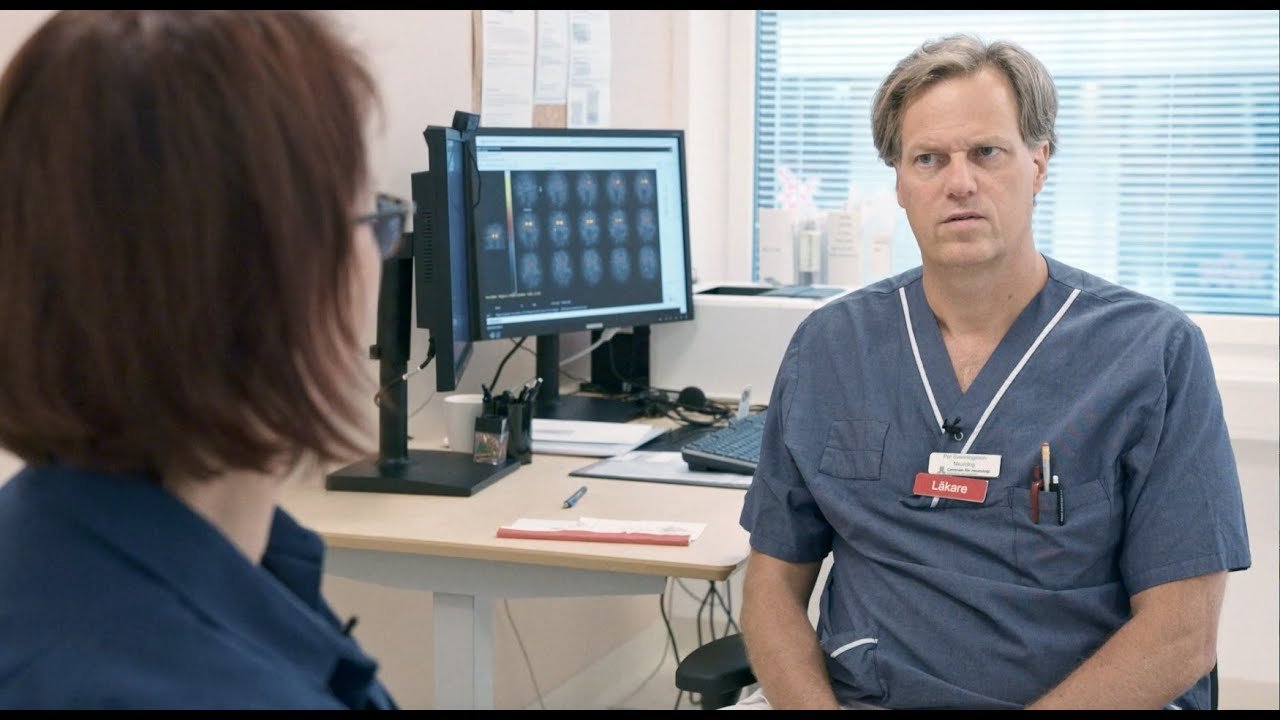Wants to slow down the progression of Parkinson's disease
There is currently no cure for Parkinson’s disease. For Per Svenningsson, Professor of Neurology at the Department of Clinical Neuroscience at Karolinska Institutet, the goal is to slow down the disease progression instead of only treating the symptoms.

“Parkinson’s disease is a relatively prevalent and serious disease. There are therapies that may improve patients’ symptoms and quality of life, but at the same we also need a treatment that will slow down the progression of the disease.”
Per Svenningsson is currently conducting several clinical trials that, among other things, examine new drugs aimed at a sub-group with a genetic mutation which increases the risk of Parkinson’s disease. He is also investigating whether an anti-inflammatory asthma drug might slow down the disease progression.
Underlying mechanisms
“By understanding underlying mechanisms of the disease, we are trying to find drugs that could potentially slow down Parkinson’s disease,” he says,
Per Svenningsson thinks that it is important to be attentive to the fact that patients with Parkinson’s disease often have non-motor symptoms that are not linked to the body’s mobility. This involves, for example, sleep disturbances, a reduced sense of smell, depression, constipation and dementia.
“When you ask the patients, they suffer a lot from their non-motor symptoms,” he says.
Text: Matilda Skoglöw for the magazine Medicinsk Vetenskap No 1/2022, in translation from Swedish
Facts about Parkinson's disease
Parkinson's disease is named after the English doctor, James Parkinson (1755-1824), who compiled the symptoms typical of the disease in his 1817 work An Essay on the Shaking Palsy.
It is the second most common neurological disorder after Alzheimer's, affecting around 0.3 per cent of the population. Men are affected more often than women. There are approximately 24,000 patients diagnosed in Sweden, about 2,000 new diagnoses yearly.
There are no samples or other tests by which to indicate whether a patient has Parkinson's disease. The diagnosis is instead made by means of clinical symptoms and how well the patient responds to dopamine treatment.
Did you know that?
- Some people with Parkinson’s disease have problems with balance. Exercise, such as boxing or dancing, can help.
- Stiffness is at least as common as tremors.
- It is very common for people with Parkinson’s to also suffer from sleep disorders, anxiety, and depression.
- Repeated small movements are difficult, such as brushing teeth, washing dishes with a dish brush, or screwing in a screw.
- Symptoms of Parkinson’s can worsen significantly under stress.
- As facial expressions decrease, emotional expressions are not as clearly visible in people with Parkinson’s.
- It is common for the sense of smell to be impaired.
Source: KI’s podcast Medicinvetarna
View a video

Slowing down Parkinson’s disease
Meet professor and senior physician Per Svenningsson and one of his patients, Sara Riggare, who was only 32 years old when she developed Parkinson's. This video was produced in 2020 by the Knut and Alice Wallenberg Foundation.
